Van Cleef & Arpels: The Art and Science of Gems at ArtScience Museum, Singapore
SINGAPORE - Van Cleef & Arpels: The Art and Science of Gems is a unique exhibition which explores both the artistic skills required for the creation of exquisite jewellery, and the Earth processes involved in the formation of minerals and gemstones.
ArtScience Museum is an institution which explores the links between art, science, culture and technology. All of its exhibitions and programs show how subjects canbe understood both through the emotional connections created through art, and the understanding generated by science.
At the heart of this exhibition are over four hundred pieces of jewellery, carefully selected from the Van Cleef & Arpels Collection and those of private collectors, reflecting the poetry, skill and unique expertise of the Maison. Sitting alongside these stunning pieces are important natural treasures and scientific artifacts from the world-renowned Minerals and Gems Collection of the French National Museum of Natural History in Paris, invited by L’École Van Cleef & Arpels.
This exhibition blends art, craft, history and geoscience in a highly distinctive manner. Visitors are taken on a dramatic journey through the origin of minerals, that continues with their evolution from the deep Earth to its surface. At the same time, they explore the extraordinary craftsmanship that transfigures these rare minerals into works of art.
Van Cleef & Arpels, since 1906…
The history of Van Cleef & Arpels began with a love story: in 1895, Estelle Arpels – the daughter of a dealer in precious stones – married Alfred Van Cleef, the son of a lapidary and diamond broker. In 1906, they went into business with Estelle’s brothers – Charles, followed by Julien and later Louis – to open the first Van Cleef & Arpels boutique at 22 Place Vendôme, Paris, in an area renowned for its elegance. The Maison’s legendary address remains unchanged to this day. Its reputation grew, aided by an international clientele and Van Cleef & Arpels’ presence at prestigious international events such as the “Exposition internationale des Arts décoratifs et industriels modernes”, held in Paris in 1925. A second generation took over in the 1930s, under the artistic guidance of Estelle and Alfred’s daughter, Renée Puissant. Creative director from 1926 to 1942, her unique and original style left its mark on the Maison’s collections – in collaboration with the designer René‑Sim Lacaze.
Julien Arpels’ sons Claude, Jacques and Pierre also joined the family business. Jacques took over the management in Paris in 1938 while Claude settled in New York, where he opened a Van Cleef & Arpels boutique at 744 Fifth Avenue in 1942. Pierre, their younger brother, joined the Maison in 1944 and oversaw its jewellery design. During the first half of the century, Van Cleef & Arpels developed skills that would become its signatures: the Mystery Set™ technique (patented in 1933), in which metal disappears to better reveal the precious stones, the ingenious vanity case named the Minaudière™ or the innovative Zip necklace, inspired by the zip fastener. The elegance and inventiveness of its creations, along with its use of the rarest and most precious materials, enabled Van Cleef & Arpels to win over royal and princely families, personalities of the cinema and a cosmopolitan clientele of discerning taste.
Over the decades, the High Jewellery Maison has established its reputation throughout the world. Its emblematic creations, such as the Alhambra® long necklace created in 1968, its selection of Pierres de Caractère™ – gems that instill emotion – and the savoir-faire of its Mains d’Or™, the craftsmen of Van Cleef & Arpels’ workshops, have given birth to enchanting jewellery and watchmaking collections.
Gallery 1. Masterpiece.
Bird clip and pendant. Gold, emeralds, sapphire, yellow and white diamonds and a 96.62-carat briolette-cut yellow diamond. 1971-1972. From Van Cleef & Arpels Collection.
One of Van Cleef & Arpels’ most striking special orders is a flying bird carrying a briolette-cut yellow diamond of 96.62 carats. In keeping with the Maison’s tradition of transformability, the bird can metamorphose into a pair of winged earrings and a clip, while the yellow diamond can be worn alone as a pendant.
Gallery 2. Couture
Born in Paris, Van Cleef & Arpels is closely linked to Couture, its motifs and materials, like a discrete homage to the city of its origins. Thanks to the virtuoso craftsmanship of its workshops, fabrics are transformed into jewelry, while ribbons and lace are embellished by gold weave and precious stones.
Collaret. Platinum, diamonds. 1928. From Van Cleef & Arpels Collection. Patrick Gries © Van Cleef & Arpels
In the 1920s and 30s, Van Cleef & Arpels was at the forefront of the Art Deco jewelry, characterized by vertical lines, strong symmetry and geometry. This collaret from 1928 epitomizes this style, with its flexible and openwork collar in platinum. It is comprised of seven lozenge-shaped motifs set with round brilliants, marquise-cut and baguette-cut diamonds, interconnected by rings set with baguette-cut diamonds.
Lace bow clip. Gold, platinum, diamonds. 1945. From Van Cleef & Arpels Collection. Patrick Gries © Van Cleef & Arpels
This clip features a yellow gold and platinum ribbon bow with gold lace trim adorned with diamond-set flowerheads. Knots have long formed part of the Van Cleef & Arpels tradition. Whether simple or elaborate, they gracefully play with effects of transparency and adorn a woman in splendor.
Zip necklace transformable into a bracelet. Gold, platinum, rubies, diamonds. 1954. From Van Cleef & Arpels Collection. Patrick Gries © Van Cleef & Arpels
Zip necklace transformable into a bracelet. Gold, platinum, rubies, diamonds. 1954. From Van Cleef & Arpels Collection. Patrick Gries © Van Cleef & Arpels
This Zip necklace in yellow gold simulating surged fabric is highlighted by filigree flowers set with round brilliants and edged with round rubies. This piece from 1954 can be worn open as a necklace or closed as a bracelet. The rear section is detachable; the tassel made of gold strands can then slide up, transforming the zipper into a bracelet. Highly characteristic of the couture theme dear to Van Cleef & Arpels, this piece of jewelry reflects the Maison's interest for transformable objects and flexibility.
Gallery 2. The Earth
Since the birth of the Earth 4,540 million years ago, meteorite impacts, tectonic shifts, volcanic activity, erosion and biology have modified our planet extensively. Thanks to this tremendous activity, magnificent gems have formed. Some mineral treasures are exceptional because of their size, colour, transparency and other eye-catching properties: gems are thus the result of an interaction between the Earth’s productivity and our human sensory perception.
Meteorite (“pallasite”), Springwater, Saskatchewan, Canada. Found in 1986 (unknown fall date). MNHN Collection, Paris. © François Farges
Jasper “Marra Mamba”, Mount Brockman area, Western Australia, Australia. MNHN Collection, Paris. © François Farges
Gallery 3. Abstractions
Van Cleef & Arpels is famous for its highly distinctive style, inspired by nature, couture and imaginary worlds. But another theme, less well known to the general public, has helped forge its character and identity. The Maison has also produced nonfigurative jewels influenced by the art of its times. Together, they form a tribute to the avant-garde: notably the minimalist, modernist, abstract and op art movements. These creations recalls a century of innovations in the field of design, architecture, sculpture and fashion.
Art Deco bracelet. Platinum, diamonds. 1925. From Van Cleef & Arpels Collection. Patrick Gries © Van Cleef & Arpels
Ludo hexagone bracelet. Gold, rubies, Mystery SetTM rubies. 1939. From Van Cleef & Arpels Collection. Patrick Gries © Van Cleef & Arpels
This articulated yellow gold Ludo hexagone bracelet is designed as a ribbon in a honeycomb pattern, with star-set rubies at the center of each hollow. The clasp is a stylized belt buckle, decorated with a “bombé” motif set with Mystery Set rubies.
Cadenas wristwatch. Gold, rubies. 1943. From Van Cleef & Arpels Collection. Patrick Gries © Van Cleef & Arpels
This elegant lady's CadenasTM wristwatch from 1943 features a calibre-cut ruby motif. Its inclined dial enables the wearer to tell the time surreptitiously, while the straight lines of its case form a fluid combination with the curves of its clasp. Women may thus consult their watch with discretion and wear it as a genuine jewel.
Gallery 3. Pressure.
Within the Earth, pressure results from the weight of the materials located above. Surface pressure (about 1 bar) can increase 50,000 times at a depth of 150 kilometres. In the upper mantle, we are in the realm of the diamond. Composed of carbon atoms, diamonds’ exceptional hardness and fieriness are directly related to the mantle’s pressure where they crystallise.
Diamonds: octahedron (58.6 carats) and two twinned crystals (15.6 and 11.5 carats), Premier Mine, Gaunteng, South Africa. Gift of R.I., Bischoffsheim, 1889. MNHN Collection, Paris. © François Farges
Cristaux de diamants, Premier Mine, Afrique du Sud © MNHN - François Farges
Yellow diamond (ca. 5 carats) on matrix (kimberlite), Kimberley, Republic of South Africa. MNHN Collection, Paris. © François Farges
Misc fancy diamonds (31 carats), Cullinan and Kimberley, South Africa. Gifts of R.I., Bischoffsheim, 1889 and L. Taub, 1890. MNHN Collection, Paris. © François Farges
Gallery 4. Influences.
A fascination for Far Eastern culture swept over Parisian jewelry in the 1920s. The Universal Exhibitions were opportunities for the public to discover ceramics, silks, bronzes and other wondrous pieces which fuelled Van Cleef & Arpels imagination. The trend for exoticism was at its height in 1931, at the “Exposition coloniale internationale” in Paris that drew millions of visitors. At the Maison's stand, viewers were enchanted by a yellow gold jewelry set called Chapeau Chinois, inspired by the Asian hat worn in rice paddies and awarded the exhibition’s Grand Prix.
Egyptian inspiration bracelet. Platinum, sapphires, rubies, emeralds, diamonds, onyx. 1924. From Van Cleef & Arpels Collection. Patrick Gries © Van Cleef & Arpels
This Egyptian bracelet, from Van Cleef & Arpels Collection, was created in 1924. It is decorated with scenes of offerings, hieroglyphic motifs such as scarabs, sphinx, amphora, taurus, ostrich feathers, lotus flowers and bees. It is set with buff-top emeralds, sapphires, rubies and pave-set diamonds, and calibrated onyx stones. These jewels of Egyptian inspiration are very rare, and highly sought after by collectors.
Chinese hat set. Gold. 1931. From Van Cleef & Arpels Collection. Patrick Gries © Van Cleef & Arpels
In 1931, the Exposition Coloniale Internationale set out to display the diverse cultures, arts and crafts of the European colonial empires and attracted some 33 million visitors from all over. For the event, Van Cleef & Arpels transformed the traditional Chinese hat from France’s Far Eastern colonies into the Chapeau Chinois set. A timeless work of art, this set was re-launched in 2000.
Dragon vanity case. Gold, enamel, jade, diamonds. 1923. From Van Cleef & Arpels Collection. Patrick Gries © Van Cleef & Arpels
Dating from 1923, this Dragon vanity case from Van Cleef & Arpels Collection is set with an enamel band featuring a gold dragon motif. The ends are decorated with carved jade and diamond details. A black and red enamel ring acts as a handle, and the vanity is mounted on yellow gold. It is an epitome of the Asian influence on Van Cleef & Arpels artistry.
Gallery 4. Temperature.
Inside the Earth’s crust, only a few kilometres down, temperature controls the way minerals crystallise from molten rocks: temperature ranges from about 1,000°C down to a couple of hundred degrees. Among the many minerals able to crystallise from these magmas, quartz is among the most widespread. It can even form giant crystals if time and volume permits: a few million years of perfectly steady crystallisation without any disturbance.
Rock crystal (quartz), aggregate of crystals, Isère, France. French Royal Collections (18th century). MNHN Collection, Paris. © François Farges
Rose quartz crystallized around smoky quartz crystals, Minas Gerais, Brazil. Former Roger Caillois collection; gift of A. Caillois, 1988. MNHN Collection, Paris. © François Farges
Tourmaline, elbaite species, rubellite variety, Pala, California, USA. Gift of J. Pierpont-Morgan, 1905. MNHN Collection, Paris. © François Farges
Gallery 5. Transport.
A key principle in “gem-making” is transport. Thanks to that transport, elements can aggregate together to make a bigger crystal out of a mass of smaller ones. Again, it takes time, like most geological processes. They must also be as constant as possible so that the result is sufficiently voluminous and homogeneous. Some incredible minerals can develop in that context like gold, topaz and two varieties of beryl: aquamarine and emerald.
Crystals of imperial topaz (orange and pink), Ouro Preto area, Minas Gerais, Brazil. MNHN Collection, Paris. © François Farges
Blue topaz crystal, 21560 carats, Virgem de Lapa, Minas Gerais, Brazil. One of the largest gem crystal known Virgem da Lapa, Minas Gerais, Brazil Gift of the Maison Christofle, 1999. MNHN Collection, Paris. © François Farges
Large plates of native gold crystals on quartz (2 kg), Jamestown, California, USA. Gift of the Total Foundation, 1994. MNHN Collection, Paris. © François Farges
Gallery 6. Water.
Water is an excellent “migration agent” inside the Earth’s crust but also near its surface, where pressure and temperature are close to ambient. In Colombia, it is water percolation within sediments that induced emeralds to form, with only a moderate input from pressure and temperature. Amethyst and opals are also formed thanks to this ubiquitous phenomenon.
Emerald crystal on pyrite and calcite (possibly reconstructed), El Chivor, Boyaca, Colombia. Gift of H.-J. Schubnel, 1987. MNHN Collection, Paris. © François Farges
Amethyst gem crystals, Las Vigas, Veracruz, Mexico. Gift of the Total Foundation, 1998. MNHN Collection, Paris. © François Farges
Améthystes de l'Impératrice Marie-Louise, joyaux de la couronne française © MNHN - François Farges
White massive noble opal and two black precious opal cabochons, Queensland, Australia. MNHN Collection, Paris. © François Farges
Gallery 7. Precious Objects.
Since the 1910s, many examples have testified to Van Cleef & Arpels skill in raising utilitarian objects to the rank of precious works of art. This talent was first exercised on tiny vanity cases. Then, in the early 1930s, these “nécessaires” bags were taken one step further and developed into a larger box in lacquer or yellow gold, named the Minaudière™. Accessories for men were often personalized: sumptuous motifs embellished cigarette cases, letter-holders and leather goods. Certain exclusive special orders proved to be of the most poetic or imaginative kind, made to satisfy the whims of clients whose eccentricity had no bounds.
Model of the Varuna Yacht. Gold, silver, jasper, wood, enamel. Circa 1907. Van Cleef & Arpels Collection. Patrick Gries © Van Cleef & Arpels
An amazing precious object from Van Cleef & Arpels Collection, it is made of yellow gold, silver, white and green enamel, jasper and ebony, and was originally electrically wired to call the butler. It’s a small-scale model of the yacht Varuna of New York created circa 1907. This trompe l’oeil item was reputedly a special order from Mr. Eugene Higgins, a leading figure of New York society, who wanted a tangible keepsake of his yacht.
Roses Vanity Case. Platinum, gold, jade, enamel, rubies, yellow sapphires, emeralds, diamonds. 1926. Van Cleef & Arpels Collection. Patrick Gries © Van Cleef & Arpels
This Roses vanity case is mounted on yellow gold and platinum, made of mauve jade and decorated with blooming roses set with diamonds, emeralds, rubies and sapphires. The edges are detailed in black and green enamel and rose-cut diamonds. It is an emblematic piece of the Maison’s Art Deco period.
Wild rose Minaudière, 1938. Gold, Mystery Set rubies. Van Cleef & Arpels Collection. Patrick Gries © Van Cleef & Arpels
Bird cage. Gold, glass, lapis lazuli, coral, beryl, agate, enamel, wood, rubies, sapphires. 1935. Van Cleef & Arpels Collection. Patrick Gries © Van Cleef & Arpels
All the romance of princely India is manifest in this extravagant cage, created by Van Cleef & Arpels in 1935 for an unnamed Maharaja. The cage houses two green beryl lovebirds with cabochon ruby eyes, perched on a gold and walnut swing with cabochon sapphire and coral detail. They are swinging above a central wading pool ornamented with two coral branches.
Gallery 7. Oxygen.
Oxygen is produced by living organisms – originally cyanobacteria, since 3.5 billion years. Oxygen oxidises and some metals – like iron or copper – can be significantly affected in their physical, chemical and mineralogical properties depending on the amount of oxygen present in their environment. Hence, oxygen has deeply modified the mineralogy of the Earth’s surface by producing a huge amount of minerals that did not exist as extensively before, including malachite and turquoise.
Malachite (cut and polished), Tourtscheninoswki, Ural Mountains, Russia. Former collection of the King's Cabinet of Natural History. MNHN Collection, Paris. © François Farges
Two turquoises (with polished surfaces), Montebras, Creuse, France. MNHN Collection, Paris. © François Farges
Turquoise cabochons (95 carats), Iran. Former collection of the French Crown Jewels. Gift of the French State, 1887. MNHN Collection, Paris. © François Farges
Gallery 8. Nature.
A major theme for the Maison since its foundation, nature is a rich source of inspiration. Delicate flowers and blossoms and real or imaginary animals have brought vitality and poetry to its creations from the 1920s to the present day. In this wondrous garden, stunning birds of paradise, dragonflies and lovebirds live amongst poppies, camellias and orchids, all transformed into virtuoso jewels.
Bouquet clip, 1940. Gold, sapphires, rubies, diamonds. Van Cleef & Arpels Collection. Patrick Gries © Van Cleef & Arpels
Orchid clip. Platinum, diamonds. 1927. Van Cleef & Arpels Collection. Patrick Gries © Van Cleef & Arpels
This magnificent piece depicts a stylized cattleya with open petals. It is entirely set with round diamonds, with a larger round diamond mounted on platinum at its center. It is an exceptional jewel that has never been reproduced. This award-winning Orchid clip is testimony to Van Cleef & Arpels' floral style, where a nature in constant movement is captured in an instant of fleeting beauty.
Passe Partout jewel, 1939. Gold, sapphires, rubies, diamonds. Transformable into a bracelet or a belt. Detachable clips. Van Cleef & Arpels Collection. Patrick Gries © Van Cleef & Arpels.
Passe Partout jewel. Gold, yellow and blue sapphires, rubies, diamonds. 1939. Van Cleef & Arpels Collection. Patrick Gries © Van Cleef & Arpels
This is one of the first examples of the transformative pieces pioneered by Van Cleef & Arpels. Designed to adapt to its wearer’s mood, the Passe Partout is based on an ingenious technical innovation. Hidden by two flower clips, a system of metal rails enables a flexible yellow gold snake chain to slide in and out, transforming the piece into a necklace, a choker, an opera-length necklace, a bracelet or a belt.
Pastilles clip. Platinum, gold, Mystery SetTM rubies, diamonds. 1951. Van Cleef & Arpels Collection. Patrick Gries © Van Cleef & Arpels
This Pastilles clip comprises a brooch depicting a flower with circular calibre-cut ruby petals and graduated baguette-cut diamond trim and stem. The Mystery Set™ technique has been synonymous with Van Cleef & Arpels since it was first patented in 1933, perhaps because its invisible structure suggests a magical fantasy world, with no trace of prongs or claws that could ruin the overall harmony on the surface of the jewel.
Gallery 8. Life.
For 3.5-billion years, life has deeply modified the Earth’s surface. Not only have some organisms synthesised oxygen, but many have also produced shells and skeletons. These are formed of “bio-minerals,” meaning minerals produced by living organisms. They include coral, pearls and mother-of-pearl, among many others. This is where geodiversity meets biodiversity.
Oyster shell with two fine pearls, Thursday Island, Queensland, Australia. Gift of J. Pierpont-Morgan, 1903. MNHN Collection, Paris. © François Farges
Fine pearls from French Empress Eugénie (384 grains). Former collection of the French Crown Jewels. Gift of the French Government, 1887. MNHN Collection, Paris. © François Farges
Coral variety coralium rubrum (the white species), Japan, mid-19th century. Gift of M. Madier de Montjean and A. Borie, 1876. MNHN Collection, Paris. © François Farges
Gallery 9. Icons, Fairies & Ballerinas.
Inaugurating an emblematic tradition at Van Cleef & Arpels, the Maison’s first ballerina clips were created in New York in the early 1940s. Born out of Louis Arpels' passion for dance, these feminine figures rapidly won over collectors with their grace and the beauty of their costumes. The fairy clips, constantly portrayed in movement and a variety of postures, are clad in equally dazzling bejeweled attire, sometimes completed with a magic wand.
Spirit of Beauty Fairy clip. Platinum, rubies, emeralds, diamonds. 1941. Van Cleef & Arpels Collection. Patrick Gries © Van Cleef & Arpels
This rare piece was purchased by the American socialite Barbara Hutton and now forms part of Van Cleef & Arpels Collection. Instantly recognizable with its winged silhouette symbolizing joy and hope, this Fairy clip has become one of the Maison's best-loved icons.
Spanish ballerina clip, 1941. Platinum, gold, rubies, emeralds, diamonds. Van Cleef & Arpels Collection. Patrick Gries © Van Cleef & Arpels
Peony clip, 1937. Platinum, gold, Mystery Set rubies, diamonds. In the former collection of Her Royal Highness Princess Faiza of Egypt. Van Cleef & Arpels Collection. Patrick Gries © Van Cleef & Arpels
Barquerolles necklace. Gold, emeralds, diamonds. 1971. Van Cleef & Arpels Collection. Patrick Gries © Van Cleef & Arpels
Among Elizabeth Taylor’s legendary jewels is this Barquerolles necklace from 1971, a gift from Richard Burton on the occasion of her becoming a grandmother. Today part of Van Cleef & Arpels Collection, the diamond and yellow gold choker is transformable into two bracelets and a clip depicting a lion with emerald eyes and a double hoop pendant.
Wedding set. Platinum, pearls, diamonds. 1953-1956. Van Cleef & Arpels Collection. Patrick Gries © Van Cleef & Arpels
Private Collection of Her Serene Highness Grace of Monaco in the Principality of Monaco.
Belonging to the Private Collection of Her Serene Highness Grace of Monaco in the Principality of Monaco, this wedding set was created for HSH Prince Rainier of Monaco as a wedding gift, when he married the celebrated American actress Grace Kelly. As lovely as Grace herself, the pearls enhanced her natural beauty, and accompanied her on many private and official occasions, leading the Maison to be named “Official Supplier” to the Principality of Monaco.
Gallery 9. Metamorphism.
With fossilisation, the Earth’s materials are buried back at greater depths. Little by little, mineral accumulations are subjected to increases in pressure and temperature, inducing re-crystallisation: this is metamorphism. Metamorphism can also take place when two continents collide together. This is how Afghan lapis lazuli and Burmese rubies formed, based on limestone deposited within a lost ocean; a limestone that recrystallized into marble. In addition, other rocks can be metamorphosed, like clays, to recrystallise into particular rocks within which amazing sapphires can grow, blue or fancy in colour. At even higher pressures, imperial jade can even appear.
Lazurite crystals in white marble, Sar-e-Sang, Badakhshan, Afghanistan. MNHN Collection, Paris. © François Farges
Single ruby crystal on marble. MNHN Collection, Paris. © François Farges
Gemmy ruby single crystals (13 carats), Mogok, Myanmar. MNHN Collection, Paris. © François Farges
Sapphire single crystal (13.5 carats polished) showing growth patterns, Sri Lanka. MNHN Collection, Paris. © François Farges
Van Cleef & Arpels: The Art and Science of Gems © Van Cleef & Arpels, Photography by Edward Hendricks.
Van Cleef & Arpels: The Art and Science of Gems © Van Cleef & Arpels, Photography by Edward Hendricks
Van Cleef & Arpels: The Art and Science of Gems © Van Cleef & Arpels, Photography by Edward Hendricks
Van Cleef & Arpels: The Art and Science of Gems © Van Cleef & Arpels, Photography by Edward Hendricks
Van Cleef & Arpels: The Art and Science of Gems © Van Cleef & Arpels, Photography by Edward Hendricks
Van Cleef & Arpels: The Art and Science of Gems © Van Cleef & Arpels, Photography by Edward Hendricks
Van Cleef & Arpels: The Art and Science of Gems © Van Cleef & Arpels, Photography by Edward Hendricks

/https%3A%2F%2Fprofilepics.canalblog.com%2Fprofilepics%2F1%2F0%2F100183.jpg)
/https%3A%2F%2Fstorage.canalblog.com%2F03%2F02%2F119589%2F96711876_o.jpg)
/https%3A%2F%2Fstorage.canalblog.com%2F11%2F31%2F119589%2F94773502_o.jpg)
/https%3A%2F%2Fstorage.canalblog.com%2F20%2F83%2F119589%2F94772815_o.jpg)
/https%3A%2F%2Fstorage.canalblog.com%2F26%2F72%2F119589%2F75604929_o.jpg)
/https%3A%2F%2Fstorage.canalblog.com%2F59%2F60%2F119589%2F26458628_o.jpg)


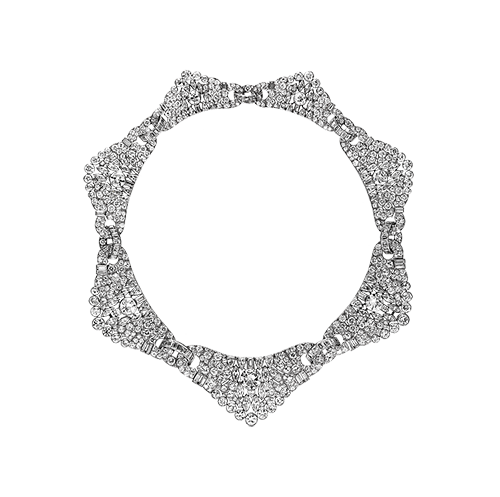



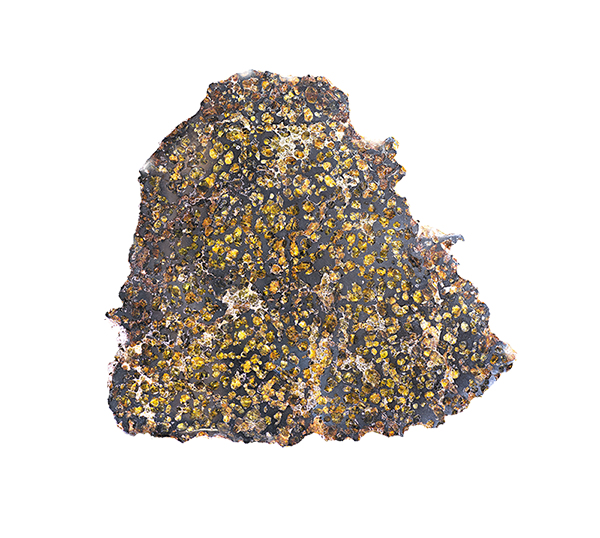
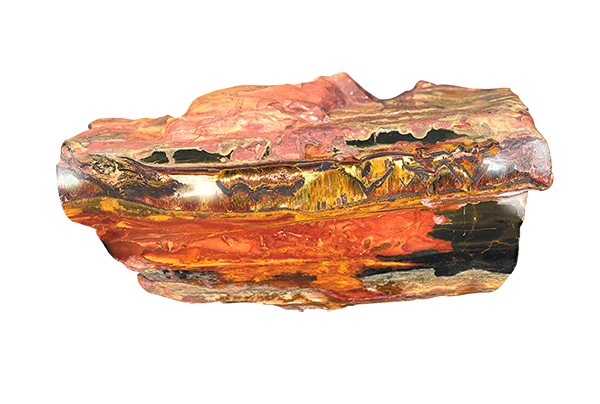
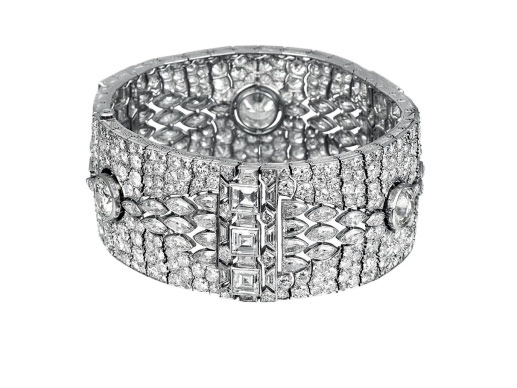


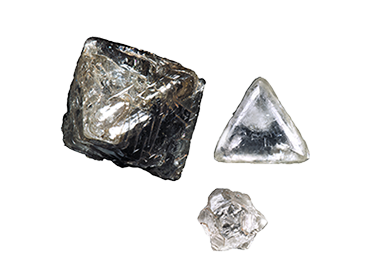







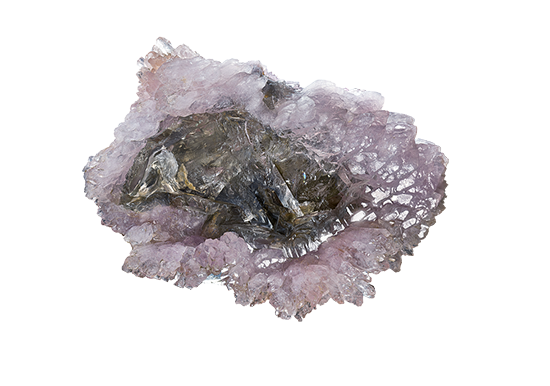





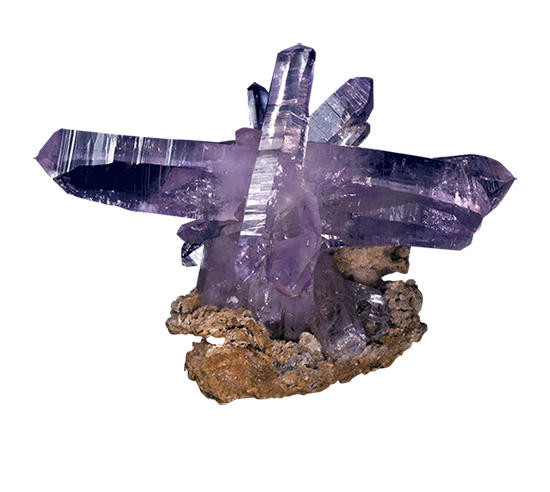

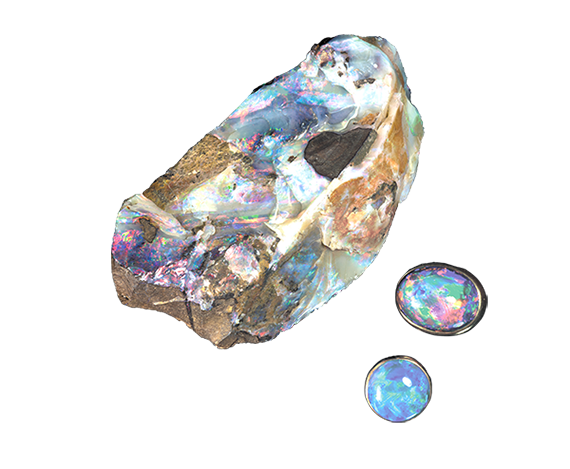


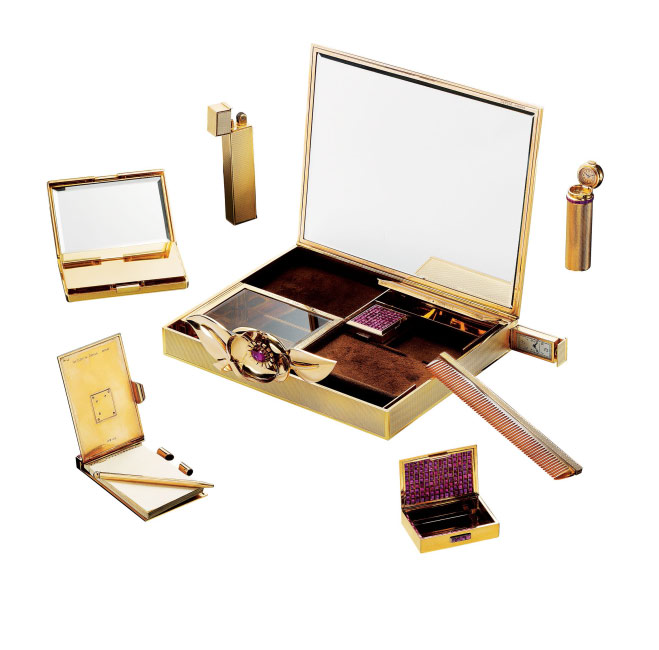


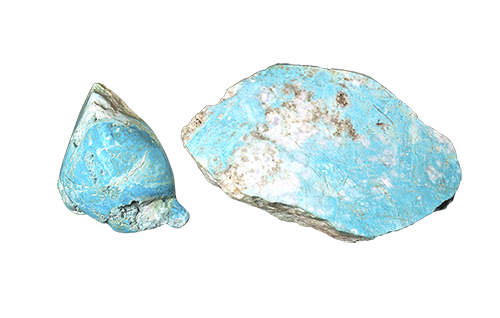
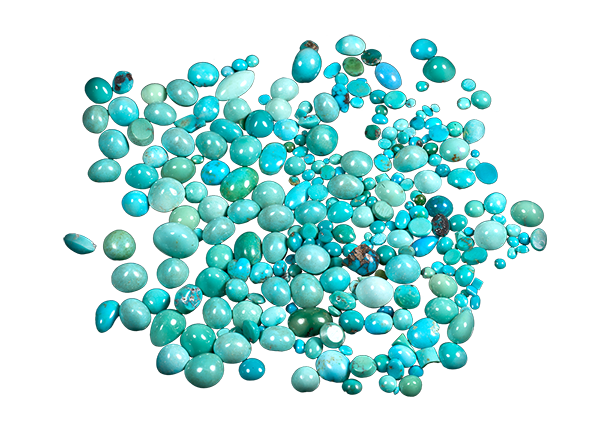







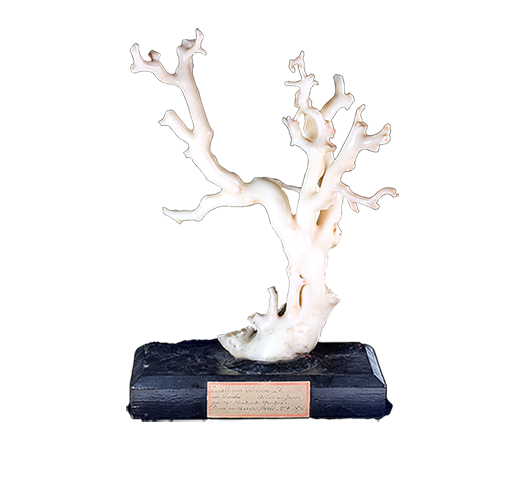



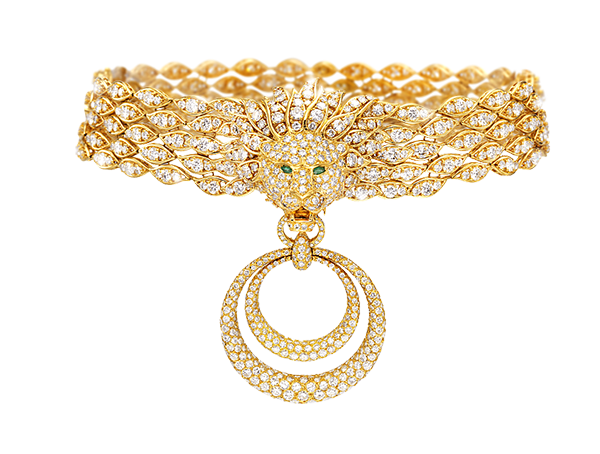

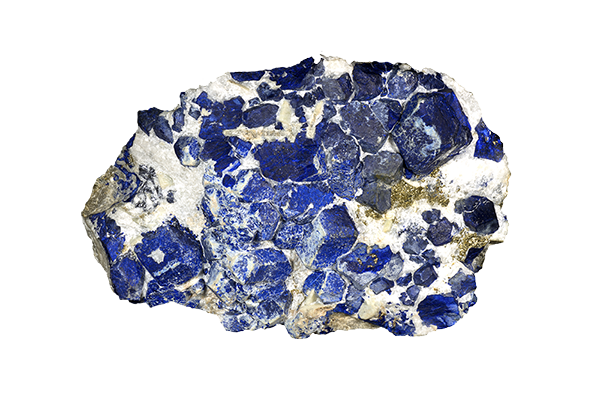




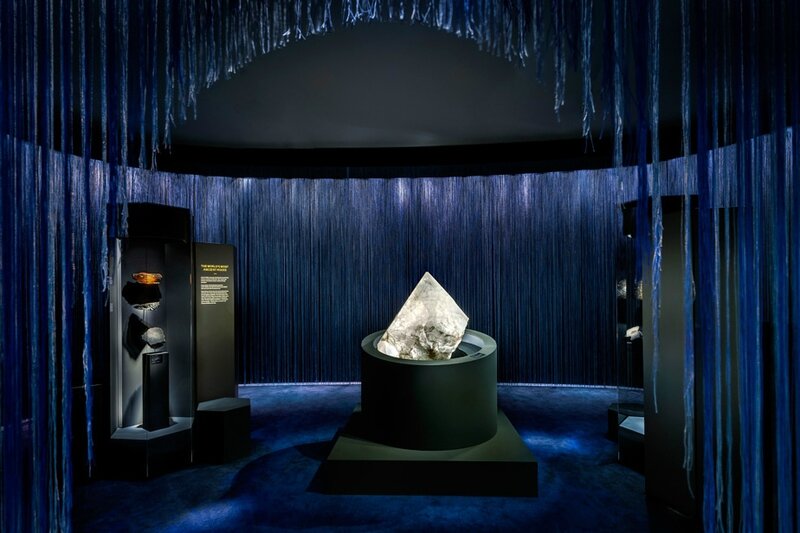
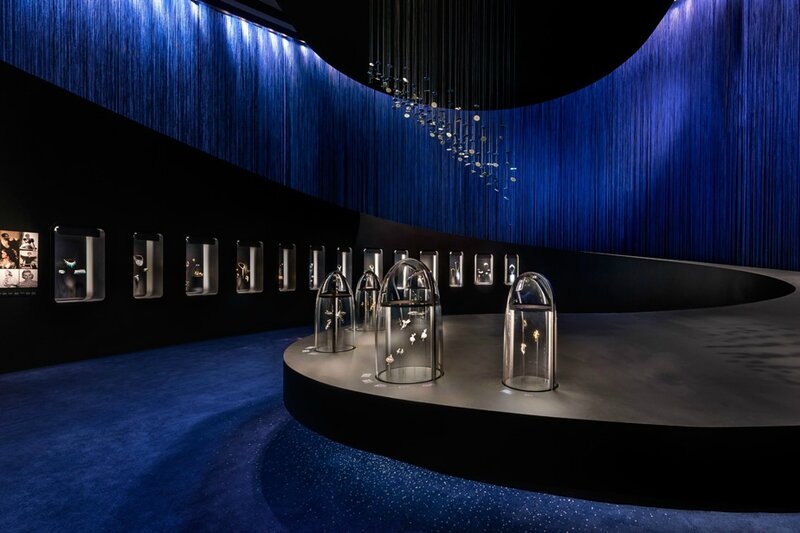



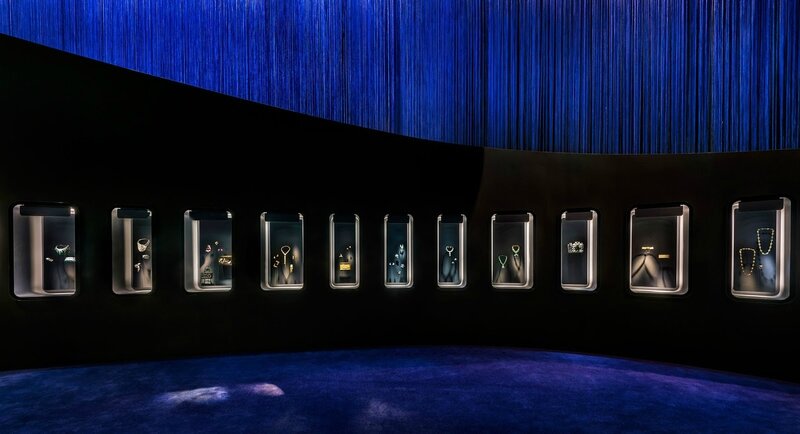


/http%3A%2F%2Fstorage.canalblog.com%2F08%2F33%2F119589%2F112601169_o.jpg)
/http%3A%2F%2Falaintruongdotcom.files.wordpress.com%2F2016%2F09%2Fmai-trung-the1bba9-1906-1980-deux-fillettes-two-girls-1940.jpg)
/http%3A%2F%2Fstorage.canalblog.com%2F09%2F74%2F119589%2F109869904_o.jpg)
/http%3A%2F%2Fstorage.canalblog.com%2F89%2F32%2F119589%2F92715084_o.jpg)